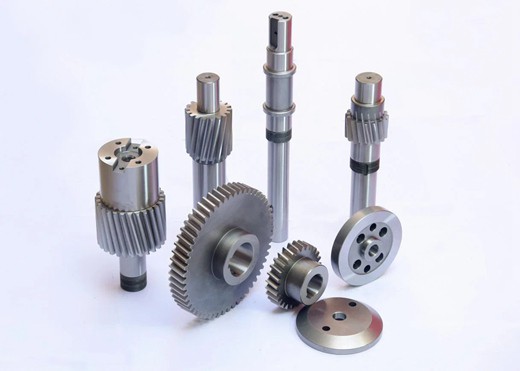Custom CNC Induction High Frequency Heat Treatment Machine for Braze Welding
Product description
During the laser heat treatment process, after the laser beam stops scanning, observe the surface state of the laser quenched strip with the naked eye or a low-power magnifying glass at any time, and macroscopically judge the surface quality of the quenched strip. Microscopic analysis should take the cross-sectional area of the quenched strip as the observation surface, and use a metallographic microscope to detect the depth (mm) and width (mm) of the quenched hardening layer at a magnification of 100 times. The depth of laser hardening layer is generally below 1mm. The microstructure of laser quenched steel materials is mainly martensite. The microhardness method should be used to detect the hardness of the quenched layer, and the load value should be selected based on the properties, thickness, and depth of the quenched layer of the sample.

Laser quenching process parameters are a key link in laser heat treatment. The process parameters mainly include laser power, laser beam scanning speed, focal length of the focusing mirror, and defocusing amount (distance between the quenched surface and the beam focus). The energy absorbed by the quenched surface depends on the laser power; The action time of the laser beam on the quenched surface depends on the scanning speed; The size of the spot depends on the focal length and defocusing amount of the focusing mirror; The laser power density depends on the laser power and spot size. Generally, an increase in laser power results in an increase in the depth of the quenched layer; The scanning speed increases, and the depth of the quenched layer decreases; As the defocusing amount increases, the size of the light spot increases, and within a certain range, the width of the quenching layer increases.




Recommended products
